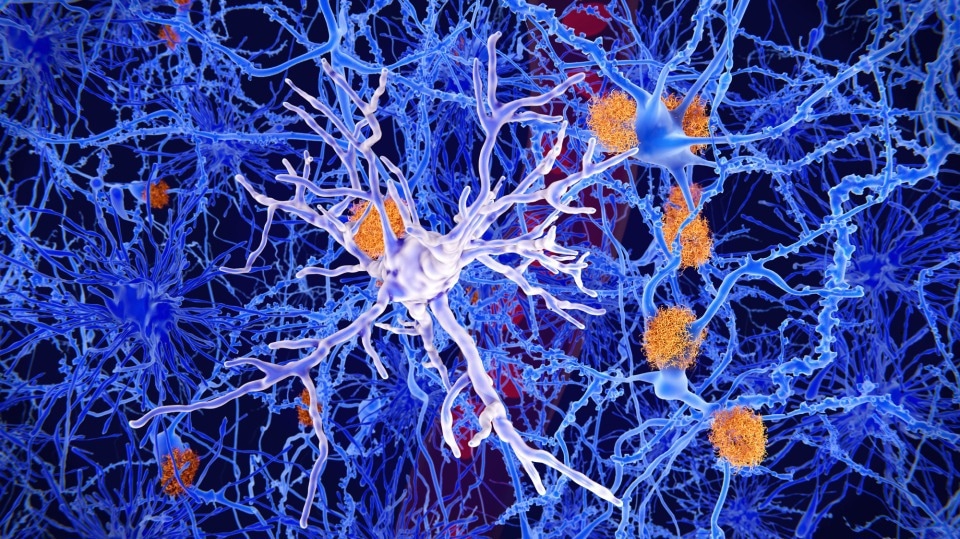Microglia, the brain’s own immune cells, are present in the central nervous system. They are voracious eaters that consume viruses, damaged cells, and infectious agents. Microglial cells have long been recognized to be activated in various ways in neurological diseases like Alzheimer’s and Parkinson’s.
 A microglia. Image Credit: iStock/slevaneara.
A microglia. Image Credit: iStock/slevaneara.
They can both drive and halt disease development based on how they are triggered. Lund University and Karolinska Institutet researchers have now demonstrated that a certain sort of activation of microglial cells initiates inflammatory defensive mechanisms in the immune system.
Most people probably think that inflammation in the brain is something bad and that you should inhibit the inflammatory system in case of illness. But inflammation doesn't just have to be negative.”
Joana B. Pereira, Study First Author and Researcher, Lund University
Joana B. Pereira is also associated with the Karolinska Institutet.
TREM2 is a protein found on the surface of microglial cells. When this protein undergoes an uncommon mutation, the likelihood of acquiring Alzheimer’s increases. When the protein is active, it can become protective.
The TREM2 receptor appears to sense remnant products of disintegrating cells in the brain, triggering it. Researchers discovered that when TREM2 is activated in Alzheimer’s patients, fewer thread-like aggregates generated by the protein tau accumulate in brain cells.
This in turn means that the development of the disease is slower and the deterioration of the patient's cognitive abilities is slowed down.”
Oskar Hansson, Professor, Neurology, Lund University
Oskar Hansson is a senior physician at Skåne University Hospital.
Microglial cells had earlier been discovered in animal experiments to devour tau proteins and hence clean up what is aberrant in the brain. Oskar Hansson feels that this could be the cause of what is happening in this investigation.
Oskar Hansson believes the study’s findings are particularly intriguing, considering that many pharmaceutical companies are now researching antibodies that can specifically activate TREM2, and he hopes for a future therapeutic strategy for Alzheimer’s disease.
In addition to trying to find therapies to reduce the proteins beta-amyloid and tau, I see this as a third treatment principle. Perhaps in the future patients can receive a cocktail of drugs that, in addition to reducing beta-amyloid, also boost TREM2 antibodies and thus slow down the course of the disease.”
Oskar Hansson, Professor, Neurology, Lund University
Source:
Journal reference:
Pereira, J. B., et al. (2022) Microglial activation protects against accumulation of tau aggregates in nondemented individuals with underlying Alzheimer’s disease pathology. Nature Aging. doi.org/10.1038/s43587-022-00310-z.